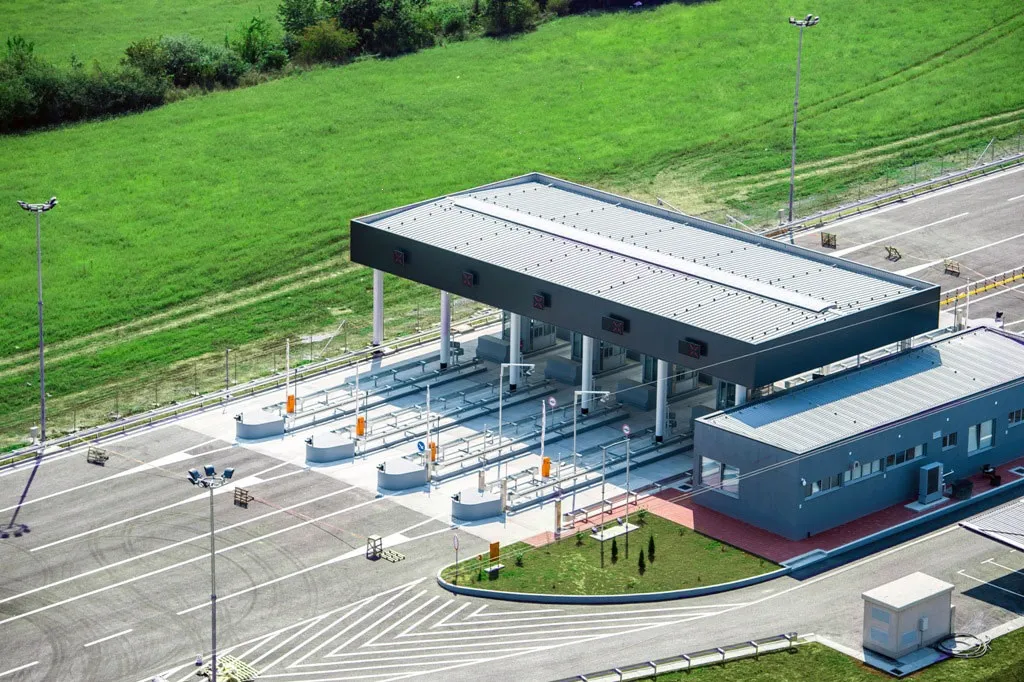According to PKU Tsentravtomagistral, some 20 km of roads to Domededovo in Russia are to be built at a cost of US$264 million. The project includes four interchanges and nine above-ground pedestrian crossings. The construction period is five years.
The airport entrance reconstruction project also stipulates expansion of the road from two lanes in each direction to three. It also involves the removal of intersections with pedestrian crossings and reconstruction of interchanges and overpasses.
July 31, 2015
Read time: 1 min
According to PKU Tsentravtomagistral, some 20 km of roads to Domededovo in Russia are to be built at a cost of US$264 million. The project includes four interchanges and nine above-ground pedestrian crossings. The construction period is five years.
The airport entrance reconstruction project also stipulates expansion of the road from two lanes in each direction to three. It also involves the removal of intersections with pedestrian crossings and reconstruction of interchanges and overpasses.
The airport entrance reconstruction project also stipulates expansion of the road from two lanes in each direction to three. It also involves the removal of intersections with pedestrian crossings and reconstruction of interchanges and overpasses.









